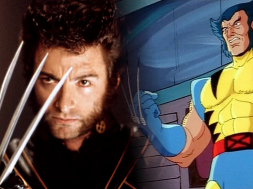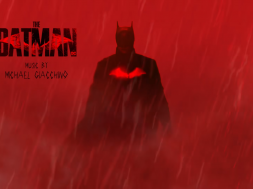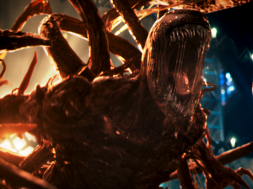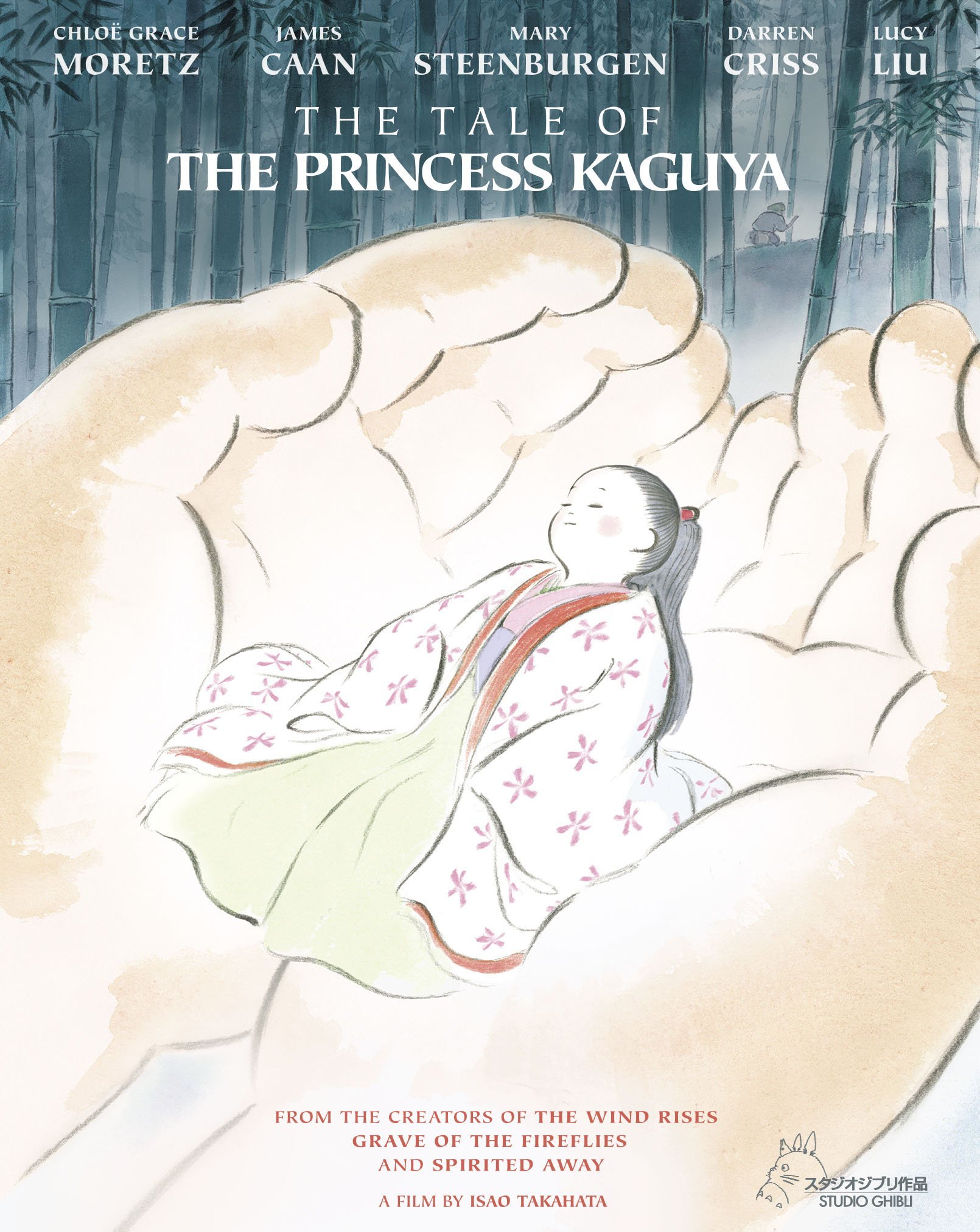Based on the folktale known as The Tale of the Bamboo Cutter, The Tale of the Princess Kaguya is the latest release from the world renowned film makers at Studio Ghibli to have opened with reviews that are uniformly glowing. This one shall be no exception. For all those hoping for something different turn back now. For those wishing to avoid spoilers the same warning applies, and with still greater urgency. The film tells of a bamboo cutter who one day happens across a glowing bamboo shoot. As he approaches the shoot opens to reveal a tiny nymph-like creature that he believes to be a princess sent as a blessing from heaven. Once home, the princess transforms into an infant child that the couple determine to raise as their own. Growing with remarkable speed, the girl enjoys an idyllic upbringing, that is (with painful irony) cut-short by her father, who determines that they are to move to the city in order that she may become a lady of noble standing.
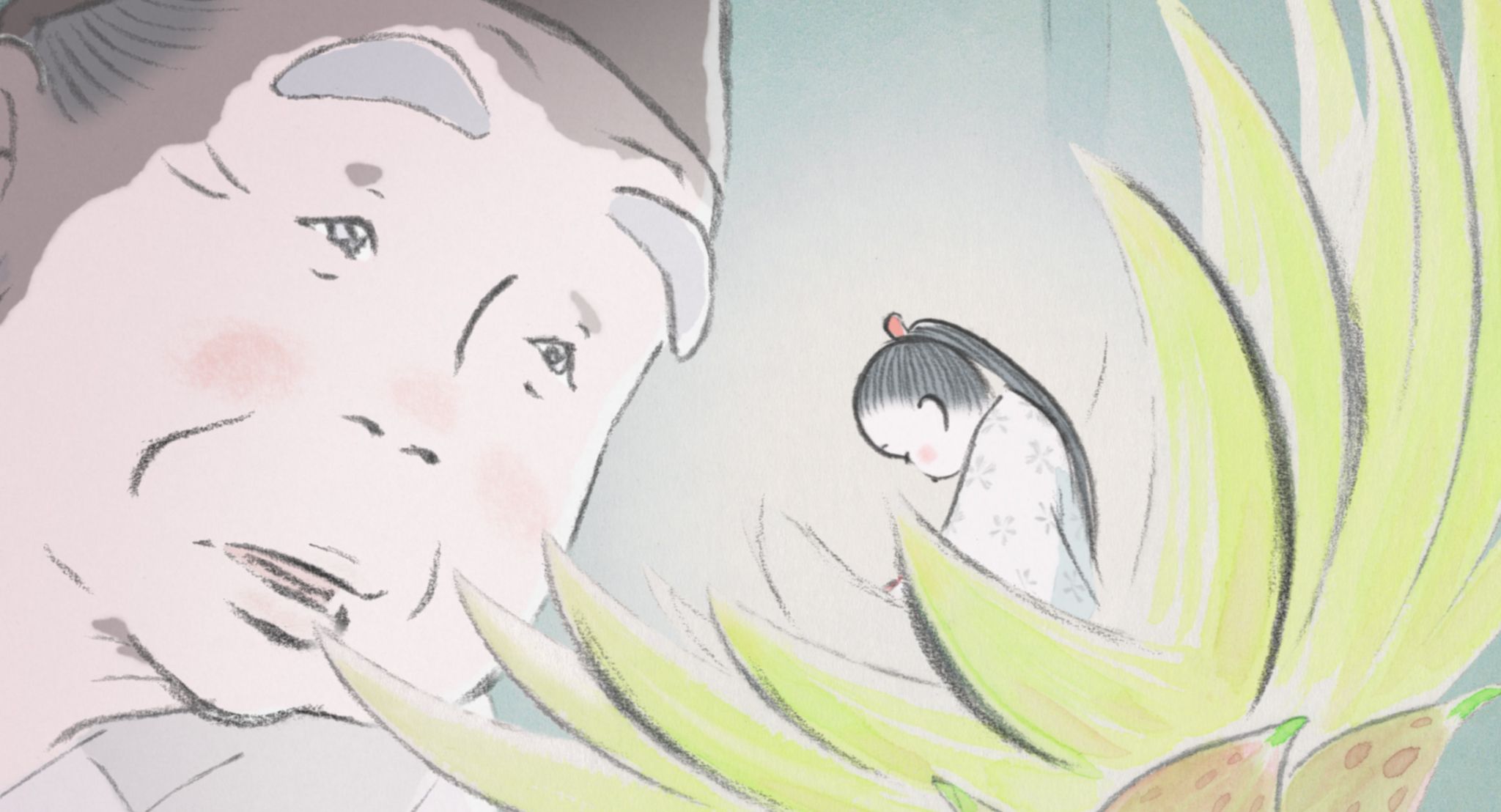 Running an eye over this, or indeed, any plot synopsis for this film leaves an impression of inertia if not stuffiness. Granted such a comment could be made of any synopsis of any film (or near as damn it), but here it registers with particular clarity. In the first place, drawing attention to the main plot, wondrous though it is, overlooks the incidental details that make the film such a joy. In the second place, The Tale of the Princess Kaguya progresses with the quintessential gentleness of so many best loved fairy stories, gentleness that string of staccato signposts can never hope to capture. Down to the drawing itself the film has the feeling of a much loved children’s book, all at once familiar and strange.
Running an eye over this, or indeed, any plot synopsis for this film leaves an impression of inertia if not stuffiness. Granted such a comment could be made of any synopsis of any film (or near as damn it), but here it registers with particular clarity. In the first place, drawing attention to the main plot, wondrous though it is, overlooks the incidental details that make the film such a joy. In the second place, The Tale of the Princess Kaguya progresses with the quintessential gentleness of so many best loved fairy stories, gentleness that string of staccato signposts can never hope to capture. Down to the drawing itself the film has the feeling of a much loved children’s book, all at once familiar and strange.
There has been much made of the animation, which some are dubbing a radical departure for Ghibli. I have not the expertise to refute nor concur with such a judgement, though will say that the film does differ from my experience of previous Ghibli movies. Howl’s Moving Castle (2004); Spirited Away (2001); Nausicaä of the Valley of the Wind (1984) to name but a few, are all films that have involved broadly similar designs and color schemes. There are doubtless specialists that would malign me for conflating the look of so many movies, and justly too. However, philistinism notwithstanding, these films are more like each other than they are like The Tale of the Princess Kaguya, which at times looks like a moving image on an old scroll. More than that, where the aforementioned movies feature color schemes that make for an impression of chrome and poster paint, Kaguya’s tale is told with charcoal, pastels and watercolors. Either way the effect is enchanting. Enchanting and fitting, for at it’s heart the film celebrates and revels in the earthiness of human life, the tactile, kinesthetic, earthy heft of human life in its simple rural authenticity. One that the city lacks.
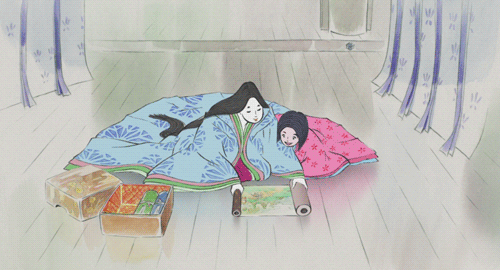 Adjusting to life in the city is not easy for our eponymous heroine, and made more difficult when news of her beauty spreads and nobleman try to win her hand in marriage. Wiley as she is Kaguya sets her suitors tasks in keeping with the complements they bestow. To win her hand she sets them a task; they must retrieve the items which they describe her. Many make attempts, but success is hard to come by, for which laughter is in abundance. Yet all is not well: even the Emperor becomes interested in the Princess Kaguya.
Adjusting to life in the city is not easy for our eponymous heroine, and made more difficult when news of her beauty spreads and nobleman try to win her hand in marriage. Wiley as she is Kaguya sets her suitors tasks in keeping with the complements they bestow. To win her hand she sets them a task; they must retrieve the items which they describe her. Many make attempts, but success is hard to come by, for which laughter is in abundance. Yet all is not well: even the Emperor becomes interested in the Princess Kaguya.
Once again, when written down the story sounds like a morality tale, but the film is to subtle to be dubbed didactic, which I daresay is true irrespective of which language you see it in. In fact if the film can be said to have a message of some sort it is that trying to be how we should is often incongruous with how we are; that attempting to live a certain way (the way we ought) often just gets in the way of living. Then again, it is perhaps here that the harmony of the film is best demonstrated: a cautionary tale that is cautious in the telling.
With charm and grace, this touching tale bodes well for Ghibli post-Miyazaki. 9/10

